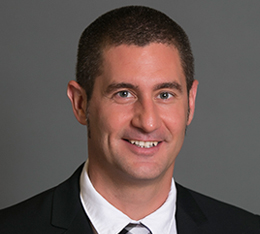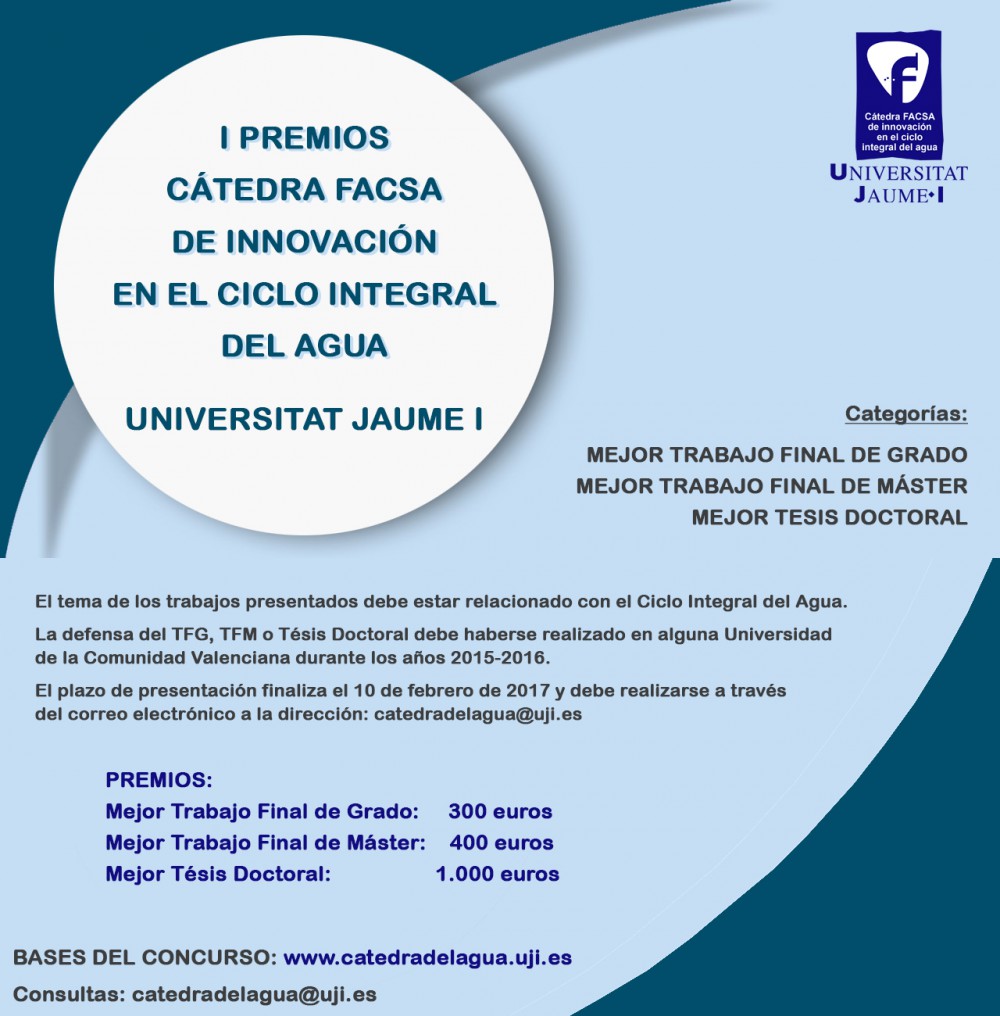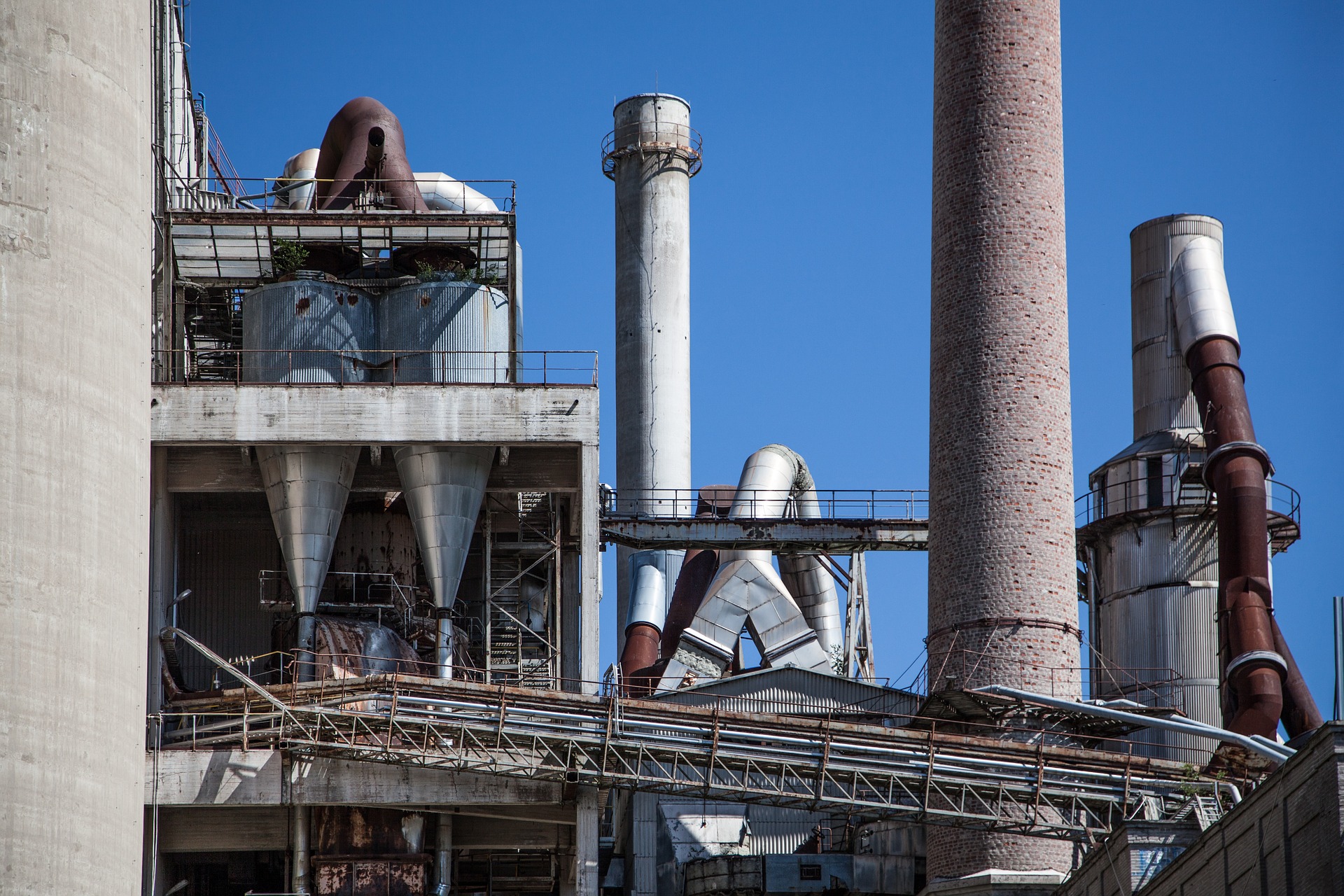
How can we prevent water from being wasted day after day? According to the experts, water saving could significantly increase, if the energy use is taken into consideration. Furthermore, the greenhouse gas emissions will be reduced. Not only in consumption, but also in the treatment and urban distribution of water. The research was developed in California, pioneer region in water distribution and management.
23 may 2016
- In 2050 the water consumption will increase in a 44% in order to satisfy the needs of the industries and of the population.
- The Earth contains approximately 525 millions of cubic kilometres of water. The amount of water in our planet has not changed for the last two billion years.
- We find the 97% of water in the oceans and the remaining 2% is frozen.
- The 80% of the total of water in the continents is in the surface. The remaining 20% can be found underground or in the form of atmospheric water vapour.
- Only the 2.5% of the total amount water is fresh. Of that amount, only the 0.5% is groundwater and the 0.01% in rivers and lakes.
- The 90% of the fresh water resources available in the planet are in the Antarctic.
- Only the 0.007% of the total amount of water on Earth is drinking water, and that amount is lower every year due to pollution.
These are some details about the amounts of water on Earth. It is so important and necessary for all of us. Humanity without water will cease to exist.
The Institute of Water and Environment Engineering of the Universitat Politècnica de València was created in 2001, with the objective of promoting research oriented towards the transference of technology and collaboration with companies and public organisations, and also to promote teaching and advice on water issues.
Àlvar Escrivà-Bou, researcher of the IIAMA-UPV, indicated during his doctoral period that water savings could significantly increase “if consumers took into account the energy use associated to water consumption”. In fact, the Valencian researcher indicates that a significant aspect is that the profitable economic investments “increase when the costs of energy are weighed up”. In this regard, he affirms that the potential savings could increase from a 5% to more than a 6%, which will mean savings of “more than 20% of water and around 30% of energy and greenhouse gas emissions, regarding a scenario in which water costs are considered”, adds Dr Escrivà-Bou.
All this would be possible if simple measures like installing aerators or flow limiters, as well as substituting older white goods for more efficient ones. Moreover, the greenhouse gas emissions will significantly decrease, which will have a noticeable impact in both the consumption and the treatment and urban distribution of water, because “when we conduct the study, we realise that the higher power consumption of the water cycle takes place in the cities, because of the heating systems by water, but also because if the urban water cycle that includes the phases of treatment, distribution and subsequent treatment of sewage”, explains the IAMA-UPV dortor
California, referent of water infrastructures
The project was carried out in California (USA), because it is a region that is very aware of climate change and is impact on water. The Valencian scientist highlights that there are several climatologic and socioeconomic conditions that are very similar to those in the South-East of the Iberian Peninsula, for the importance of agriculture in the economic activity and the significance of the urban water consumption. All that, enables the collaboration among entities.
However, the greatest difference lays in the fact that, in California, the water management is much more decentralised. While in that region there are many involved agencies, in Spain the Hydrographic Confederations have played a key part in the centralisation and integrated management of water resources. Furthermore, the North-American region has an excellent hydraulic infrastructures, essentially developed in the second third of the 20 century, with huge basin interconnection aqueducts. This has fostered the development of water markets and other innovative management tools.
According Dr Escrivà-Bou “historically, the drought periods, like the one that has been taking place since 2012, have worked as catalyst for the improvement of water management policies, in a country with great hydric stress, as the demand exceeds the resources that are available almost every year”.
California is specially dedicated to fight against climate change. The society is fully aware. In this regard, Dr Escrivà-Bou says that we are moving towards a scenario where “it is necessary to minimise the gas emission into the atmosphere. Climate change is a fact and I am proud that project like mine present solutions to the problem”.
Dr Escrivà-Bou works for the Public Policy Institute of California in San Francisco, a “think-tank” on public policies where they conduct research on water, energy and climate change. For this reason, he knows the situation first hand.










